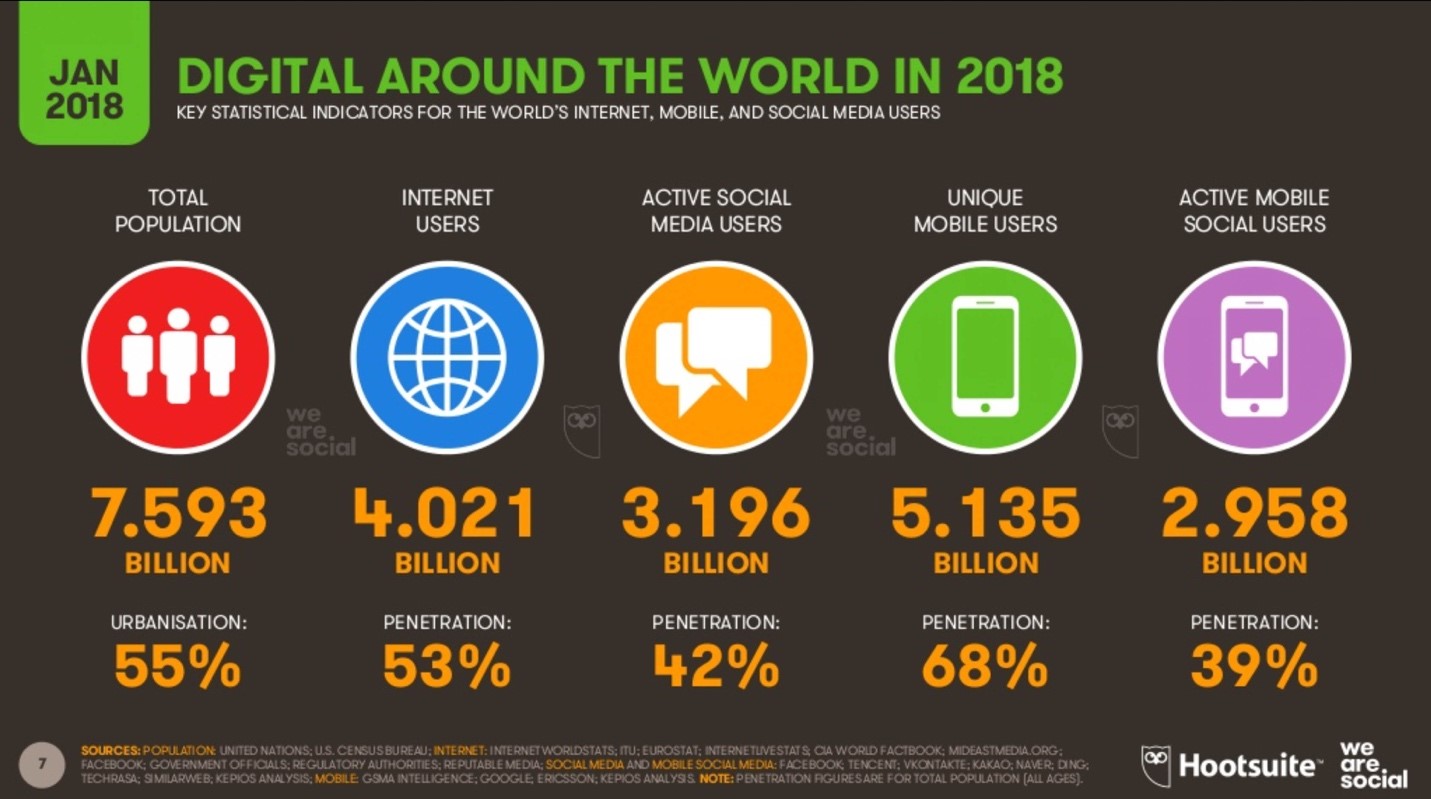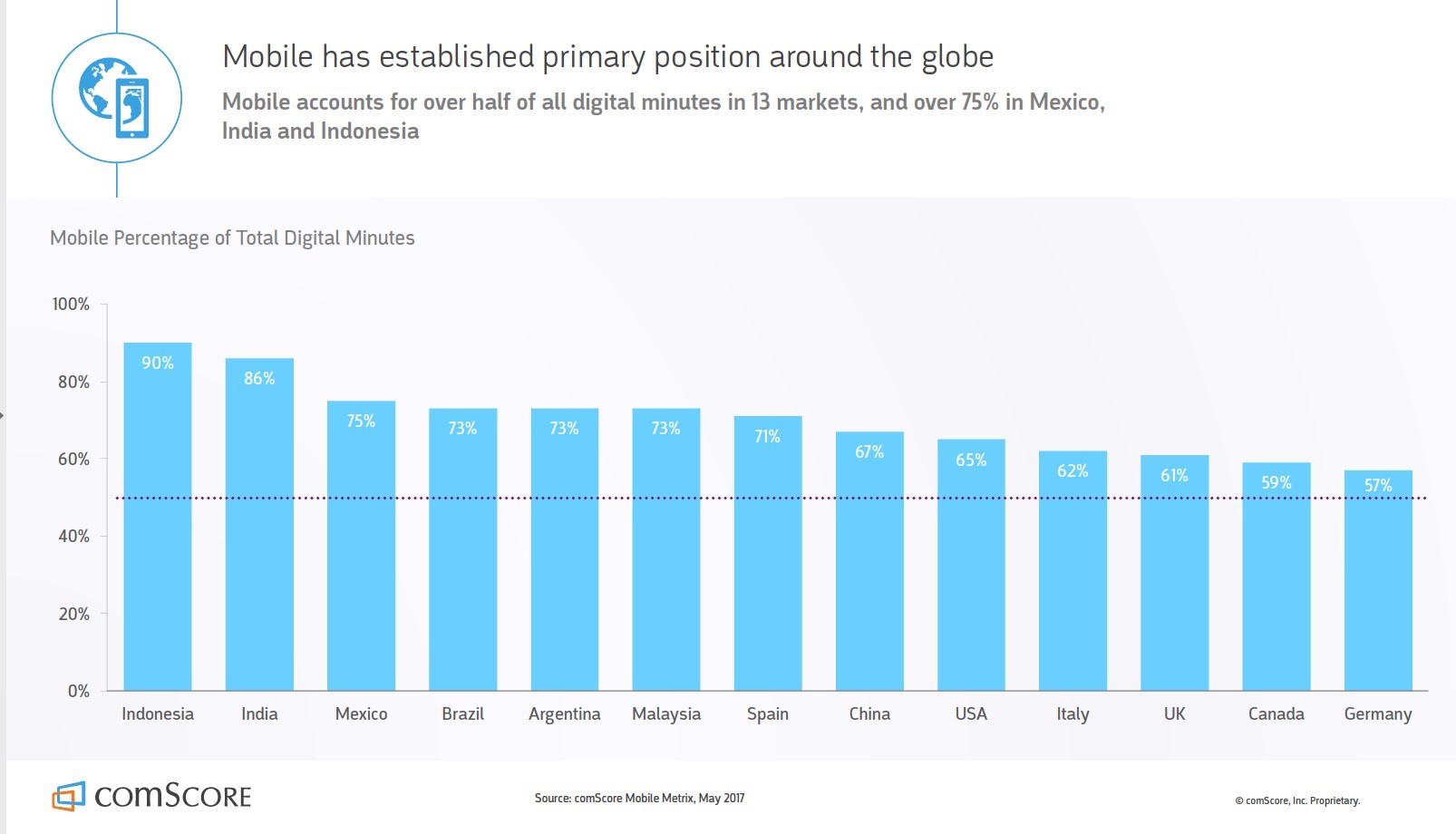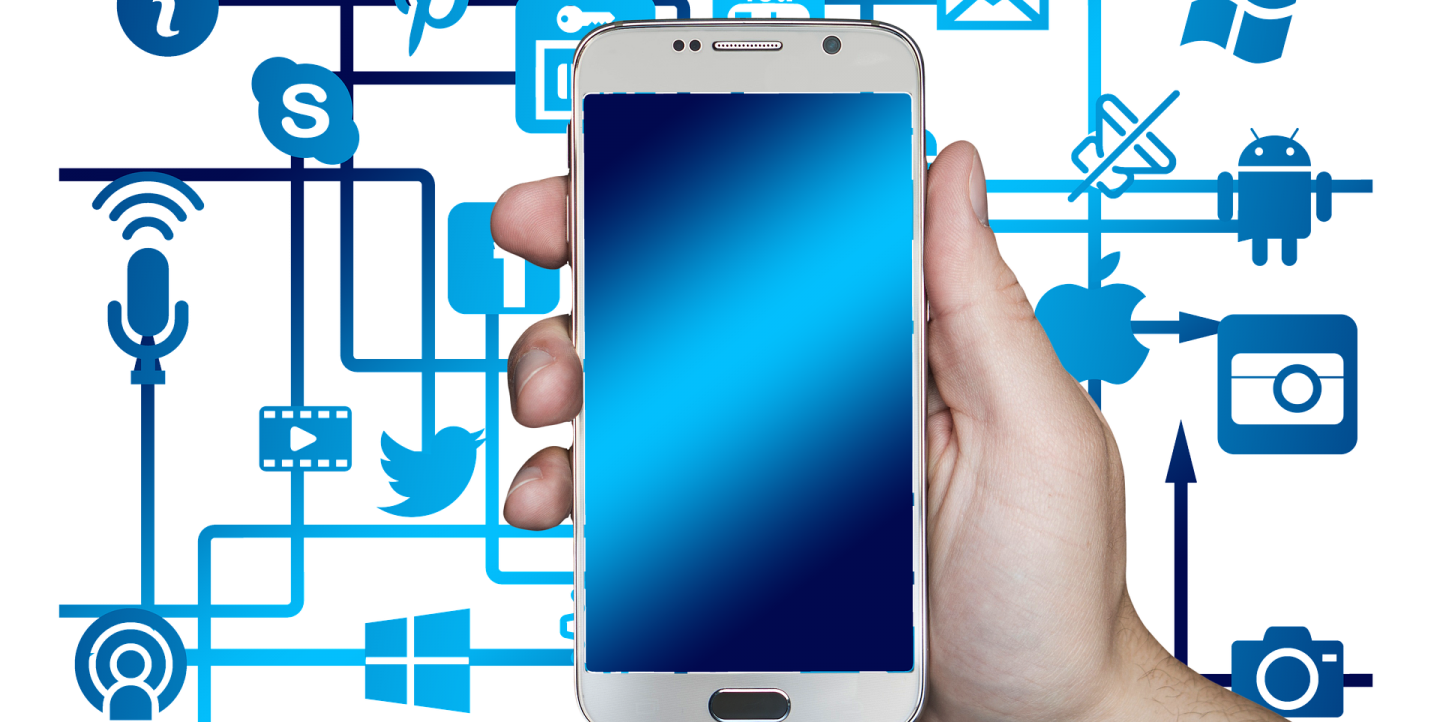You’d be forgiven for thinking that it’s been a tough year for social media companies. Yet it appears that our love of social networking continues unabated.
Around the world social media usage continues to grow and evolve. New research from GlobalWebIndex suggests one in every three minutes spent online is spent on social media; whilst data from comScore found that use of social networks and messaging apps account for more than one quarter of our time on mobile devices.
Here are five key findings from a number of recent reports, which help us to better understand today’s social media landscape:
1. Social media users worldwide grew by 13 percent last year
According to data from We Are Social and Hootsuite, more than 4 billion people across the globe now access the internet, with social media being used on a monthly basis by almost 3.2 billion of them.

As Nathan McDonald, co-founder and group CEO at We Are Social, noted when launching their 2018 Global Digital reports:
“Almost 1 million people started using social media for the first time every day over the past year — that’s equivalent to more than 11 new users every second.
The global number of people using social media has grown by 13 percent in the past 12 months, with Central and Southern Asia recording the fastest gains (up 90 percent and 33 percent respectively).”
The global penetration of social media stands at 42 percent, compared to 53 percent for the internet as a whole, which suggests there is still room for growth.
2. Our social and digital media experience is increasingly mobile
With nine out of every 10 social media users accessing these networks via mobile devices, designing content for handheld devices is essential.
As Ofcom, the U.K.’s communications regulator, showed late last year in their twelfth International Communications Market Report, even in more mature markets such as the U.K., U.S., France and Spain, many of the most popular social networks — including Facebook, Instagram and Twitter — tend to be accessed via mobile, rather than desktop.
Elsewhere, comScore’s 2017 Global Mobile Report, which examined 14 markets (U.S., Canada, U.K., France, Germany, Italy, Spain, Argentina, Brazil, Mexico, China, India, Indonesia and Malaysia) emphasized the predominance of mobile for media consumption.
Moreover, more than one quarter of those surveyed were found to be mobile-only media consumers, rising to 70 percent in India.

3. The average user has eight different social media accounts
Just as news organizations and publishers need to cater for social media users on mobile devices, they also need to recognize — and cater to — the fact that consumers access a wide variety of social networks.
On average, GlobalWebIndex found that internet users have eight different social media accounts, almost double the number of accounts as five years ago.
Breadth of use was highest in Latin America (averaging of 9.1 networks) and lowest in North America (average 6.6).

4. Messaging Services are growing faster than traditional networks
Mary Meeker’s new 2018 Internet Trends report highlighted how messaging apps like WhatsApp, WeChat and Facebook Messenger are growing fast, much faster than traditional social platforms like Instagram and Twitter.
The potential of these platforms — and the wide-ranging functionality found on services like Line, WeChat and KakaoTalk — was identified as a trend to watch by Meeker back in 2015 and again a year later.
If you want to see where services like Facebook Messenger or Snapchat are heading, then these are apps to watch.
“These platforms — with integrated functionality including eCommerce, calls, texts, stickers and the ability to order both food and taxis — offer a handy one-stop shop for their users,” I wrote back in 2016. “This Sauron-esque UX (“one app to rule them all”) is part of a wider trend that is re-imaging communication.”
The growth of messaging apps, especially in emerging markets, has encouraged news organizations like CNN and the BBC to embrace these platforms. CNN has 4.7 million followers on Japanese messaging app Line, for example, and the BBC was using WhatsApp and WeChat in India as early as 2014.

5. Stories are growing even faster
To this mix of fast-growing platforms, we must add social video, live video and stories.
As TechCrunch’s Josh Constine recently wrote:
“WhatsApp’s Stories now have over 450 million daily users. Instagram’s have over 300 million. Facebook Messenger’s had 70 million in September. And Snapchat as a whole just reached 191 million, about 150 million of which use Stories, according to Block Party. With 970 million accounts, it’s the format of the future. Block Party calculates that Stories grew 15 times faster than feeds from the second quarter of 2016 to the third quarter of 2017. ”

As Block Party, a digital consultancy and full service agency, noted in their report, “Beyond the News Feed: Why Stories Are Becoming the New Face of Social Media,” stories are a format designed for the embedded-camera smartphone era, whereas the origins of the traditional social media feed stem from the desktop era. As the way we consume — and post — to social media becomes increasingly mobile-driven, mobile-first storytelling formats will come increasingly to the fore.
Their bullishness for the stories format is shared by others, including Mark Zuckerberg. “Stories are on track to overtake posts in feeds as the most common way that people share across all social apps,” he said in a quarterly earnings call in January. “That's because stories is a better format for sharing multiple quick video clips throughout your day. The growth of stories will have an impact on how we build products and think about our business.”
The rapid growth of stories — a social media trend being rapidly embraced by brands, news organizations and individuals — is just one example of how social networking continues to rapidly evolve.
Keeping up with these developments is always a challenge, but one that opens new creative and editorial possibilities. News organizations and journalists alike need to continue to keep abreast of consumer preferences and experiment with social media.
Like social networks in general, these trends are just too big to ignore.


